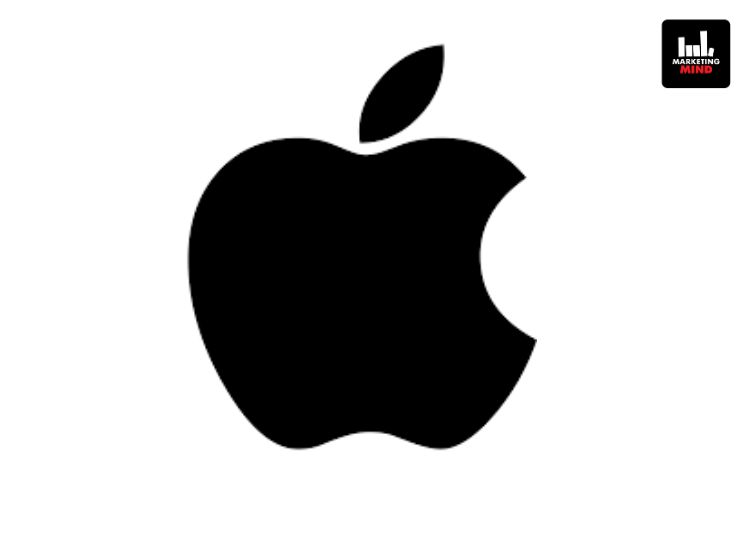Abhiral Bhansali, Head of Business – Home Entertainment at LG Electronics India, said that their television business performed strongly in 2023 and looking ahead, the company is setting its sights on achieving a 30% growth in 2024, compared to last year.
Bhansali also emphasised the brand’s commitment to maintaining its leadership position by introducing innovative products to the market.
LG Electronics (LG), on Wednesday, unveiled its latest innovation in home entertainment: ‘The Next Generation of AI TVs’ available in sizes starting from 108 cms (43) to 246 cms (97). The 2024 lineup features the advanced range of LG OLED evo AI and LG QNED AI TVs including the LG OLED 97G4 – “the world’s largest OLED TV” which boasts of power packed artificial intelligence (AI) performance that takes every aspect of the viewing experience i.e., picture quality, audio quality and personalisation, to new heights. As many as 55 new models have been introduced to cater to diverse viewing preferences.
In 2024, LG is celebrating its decade-long journey with WebOS by continuing to enhance the smart TV platform’s versatility, giving users an even more personalised and convenient home entertainment experience. It allows users to create up to 10 individual profiles as a way of tailoring the experience to their tastes and preferences. Based on their profiles, users can customise the home screen and set personalised settings with minimal effort.
Additionally, LG has also come up with WebOS Re:New program, which promises operating system upgrades for the next five years. Each update will completely revamp the UI, giving a feel of a new TV to the customers, every year for next five years.
On the occasion of the launch of their new AI TV range, Bhansali said, “In the television business, we did well in 2023. We grew our business and achieved a leadership position. For example, one report suggests we have about a 27.1% market share, making us the number one brand in India. For 2024, we are aiming for around 30% growth compared to last year. Moreover, we plan to reinforce our leadership position with innovative products designed with consumers in mind,”
“We are also seeing a strong demand for large screens as customers are looking for such screens to enhance their home experience. They want their living rooms to feel cinematic, and especially during cricket season, they want a stadium-like experience. To meet this demand, we have launched products with Dolby Vision and Dolby Atmos technology. Our televisions provide an immersive experience, making customers feel like they are in the middle of the action,” he added.
He emphasised that LG Electronics’ products stand out due to their unique features.
“As promised, we will upgrade the TV under the WebOS Renew program for the next five years. This means that customers who purchase a TV in 2024 will not feel their TV is outdated because we will continuously update the software. In contrast, other brands may have rapidly changing technology, leaving their customers with outdated models within a year or so,” Bhansali said.
“Additionally, we recognise that connectivity is crucial in today’s world. Our LG TVs come with every connectivity option imaginable. This year, we have added built-in Chromecast, recognising that customers use multiple devices and aiming to provide them with a seamless connectivity experience. These features set us apart from many other players in the market, offering our consumers both innovation and convenience,” he added.
Furthermore, he highlighted that the best time for the TV business is around the festival season, which is the second half, and LG Electronics engages in numerous activations during this period. In contrast, the first half of the year focuses more on compressor products such as refrigerators and air conditioners. Having Bollywood actor Shah Rukh Khan as their brand ambassador, the brand rolls out a variety of campaigns and marketing efforts seasonally in different parts of the country.
Shedding light on LG Electronics newly launched AI TV range, he also highlighted that there’s a smart TV, and then there’s AI TV, which is the next level of smart. It offers a form of personalisation.
“Today, our TVs provide a lot of personalisation based on the viewing experience of the consumer. For example, we have AI Picture Pro and a feature called AI Picture Wizard. Here’s how it works: The TV will ask you certain questions and show you images. You choose the images you like, which are typically bright and colourful. Based on your responses, the TV will create a custom picture mode tailored to your preferences. Usually, when you buy a TV, you get a few modes like Standard, Vivid, and Dynamic. But with AI, you’ll get a personalised mode based on your viewing experience. So, AI in televisions brings a lot of personalised features,” Bhansali added.
Furthermore, he went on to say that television market growth varies by segment. For instance, ultra-large screens are expected to grow by about 50-60%, while the mass market segment will see a 10-20% increase.
“Today, we launched 55 AI-enabled television models in India, and we expect exponential growth in this area. Additionally, we have strong partnerships with technology leaders like Dolby and NVIDIA. These technologies are integrated into our televisions to provide customers with a true cinema experience and top-tier gaming features,” Bhansali said.
“As a brand, we prioritise putting our customers first, engaging with them at every touchpoint. We excel in digital, in-store, and offline campaigns. Our strategy is a mix of ATL, BTL, and digital efforts, ensuring we effectively reach and engage our customers. The in-store experience is crucial because when a customer walks into the store, the experience and communication must be exceptional. We also track, re-target and re-market to customers on digital platforms,” he added.
Speaking about the emerging trends within the segment, Bhansali highlighted that customers are increasingly interested in smarter televisions that offer excellent connectivity and picture quality. They seek a stadium-like or cinema-like experience in the comfort of their homes.
“The demand for larger screens, such as 55, 65, and 75 inches, is rising. Predicting a 10%, 20%, or even 30% growth for the 75-inch segment would be an understatement, as this segment is actually growing two to three times as fast. This kind of growth is indicative of the exploding market for larger screens,” he added.
















